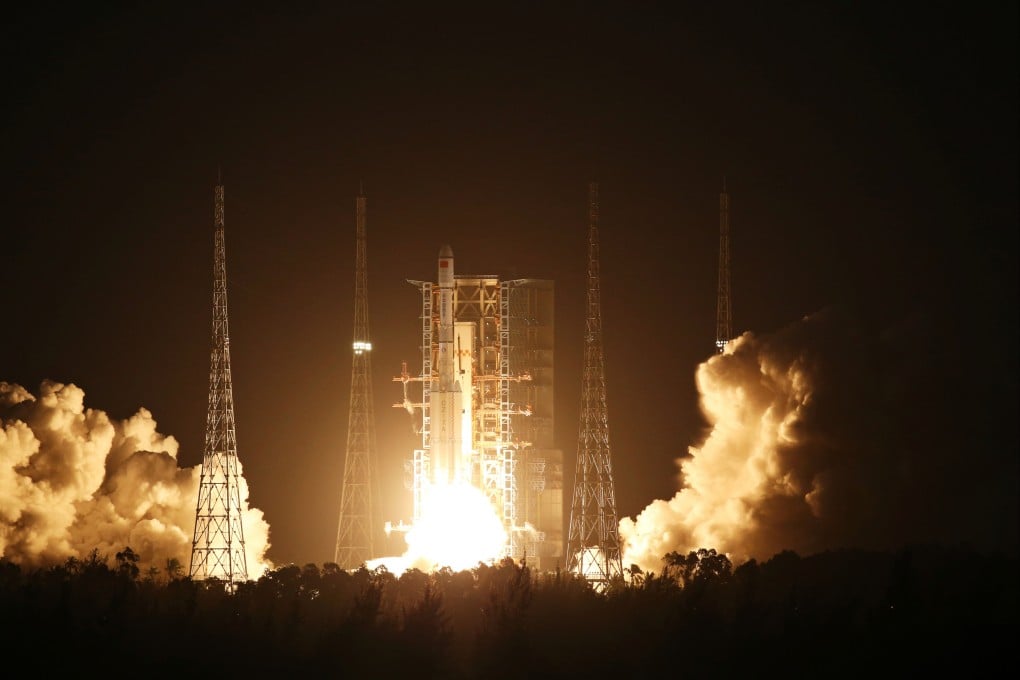Advertisement
Chinese satellites evade US surveillance probe, then stare back, according to report
- Close encounters between the two countries’ satellites are increasingly frequent as the space powers play ‘cat and mouse’ in orbit
- Experts say new rules and norms for outer space are needed to ensure safety
Reading Time:2 minutes
Why you can trust SCMP
29

Chinese satellites have shown the ability to evade and monitor a US surveillance satellite, prompting experts to call for new norms as the space powers increasingly play cat-and-mouse games in orbit, according to a new report.
Earlier this year, two Chinese satellites were approached by an American space surveillance satellite after they reached geostationary orbit, according to the report published by Space News on June 16.
The Chinese satellites – Shiyan-12-01 and Shiyan-12-02 – took off in opposite directions as USA 270 drew near, and the Shiyan-12-02 then positioned itself to look back at the US satellite, the report said.
Advertisement
The China Aerospace Science Corporation (CASC) launched the satellites from Wenchang Space Launch Centre in the southern province of Hainan last December.
It is not the first time there have been close encounters between the two countries’ satellites, as games of “geostationary orbit cat and mouse” between the competitors are becoming more frequent, according to the report.
Advertisement
Advertisement
Select Voice
Choose your listening speed
Get through articles 2x faster
1.25x
250 WPM
Slow
Average
Fast
1.25x
